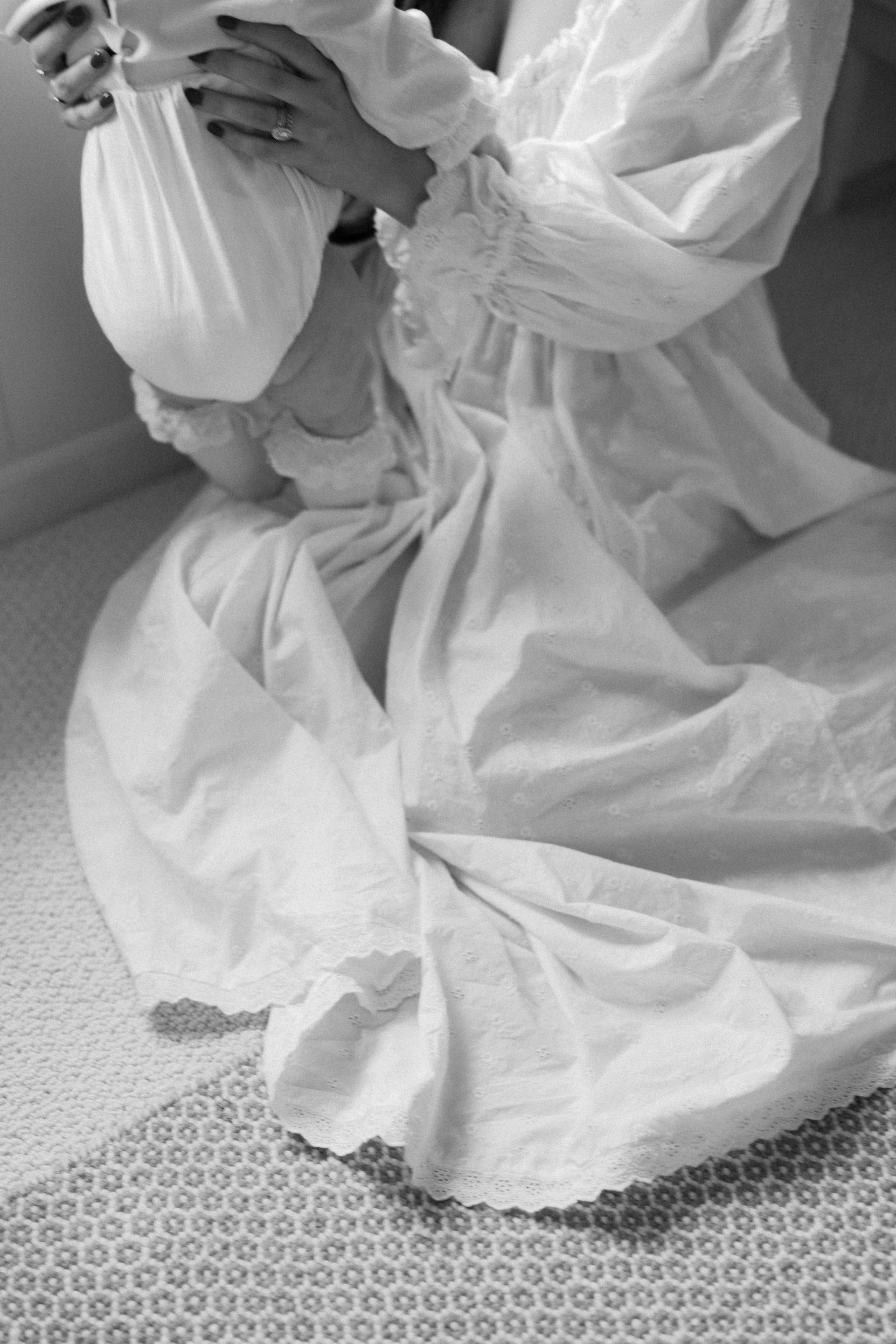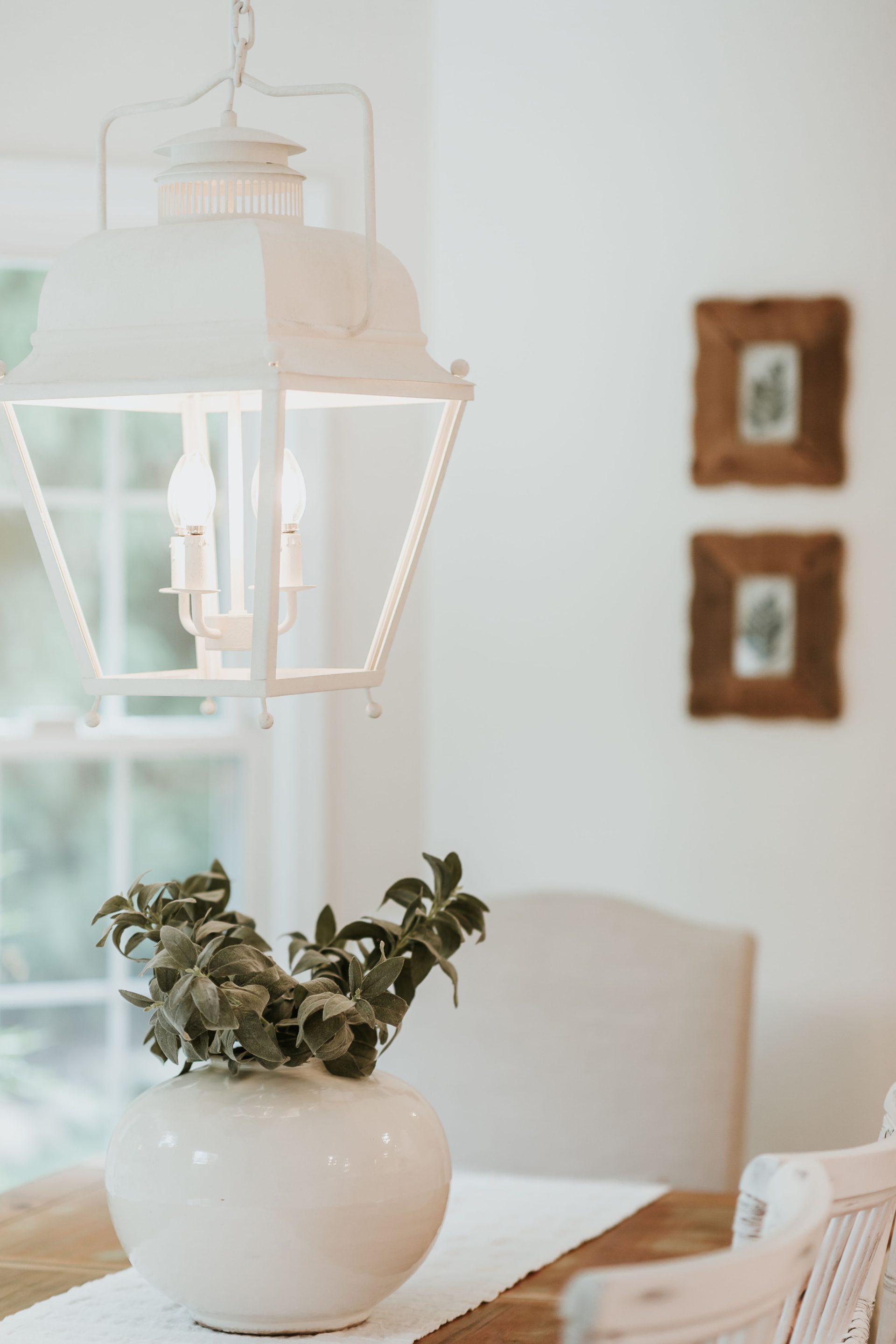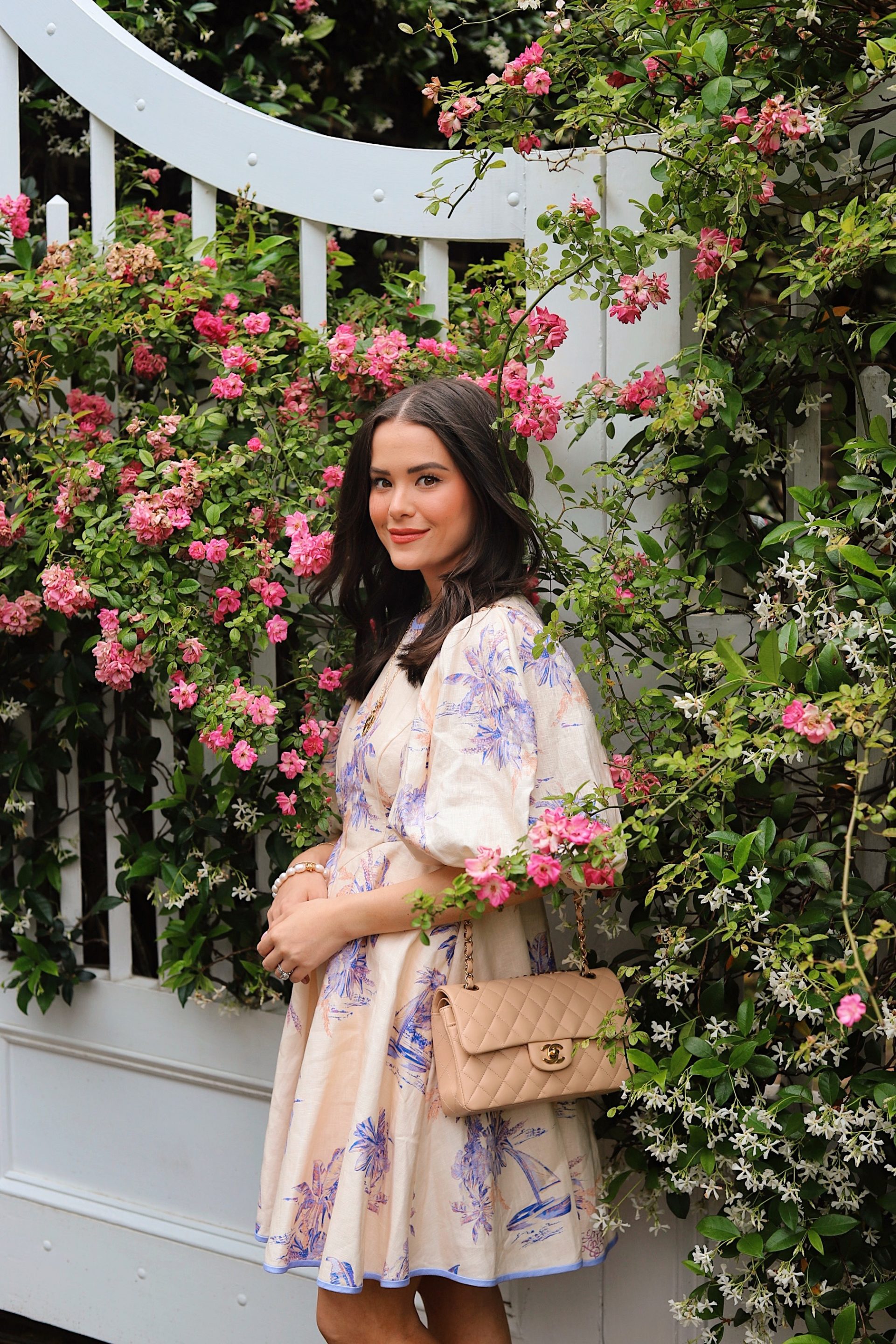GardeninG Guide for Beginners 2020
I am so excited to share my gardening guide for beginners! If you follow me on instagram, you know I have been spending lots of time gardening at home. It has been so rewarding to grow pretty flowers and plants. But when it comes to gardening and landscaping, there is a wealth of knowledge out there. In fact, there is SO much to know that it can be a bit daunting. Especially if you’re like me and aren’t naturally blessed with a green thumb!
Whenever I first started to think about gardening, I found myself asking a million questions and quickly getting overwhelmed by the endless amount of plants and flowers. But, now, it has become my therapy. I have learned so much AND haven’t managed to kill anything yet, so I’d say it’s going well. So I’m sharing everything I’ve learned, all my tips, and a gardening guide for beginners like me! I will cover everything from how to get your garden started, how to pick your plants, gardening tips, resources, and more.
So let’s get started!
Shop all the gardening tools and planters you need for beginning your garden:

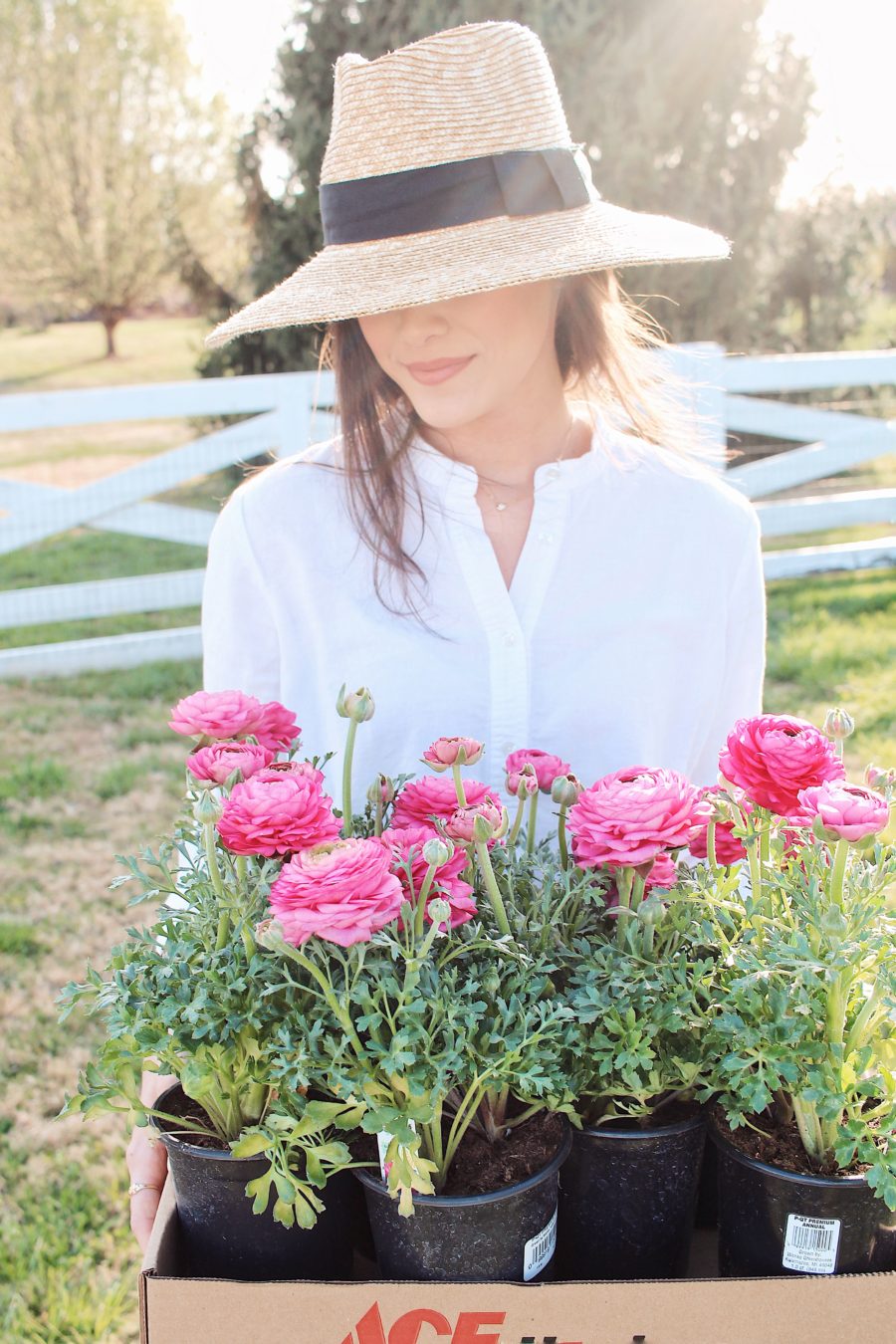
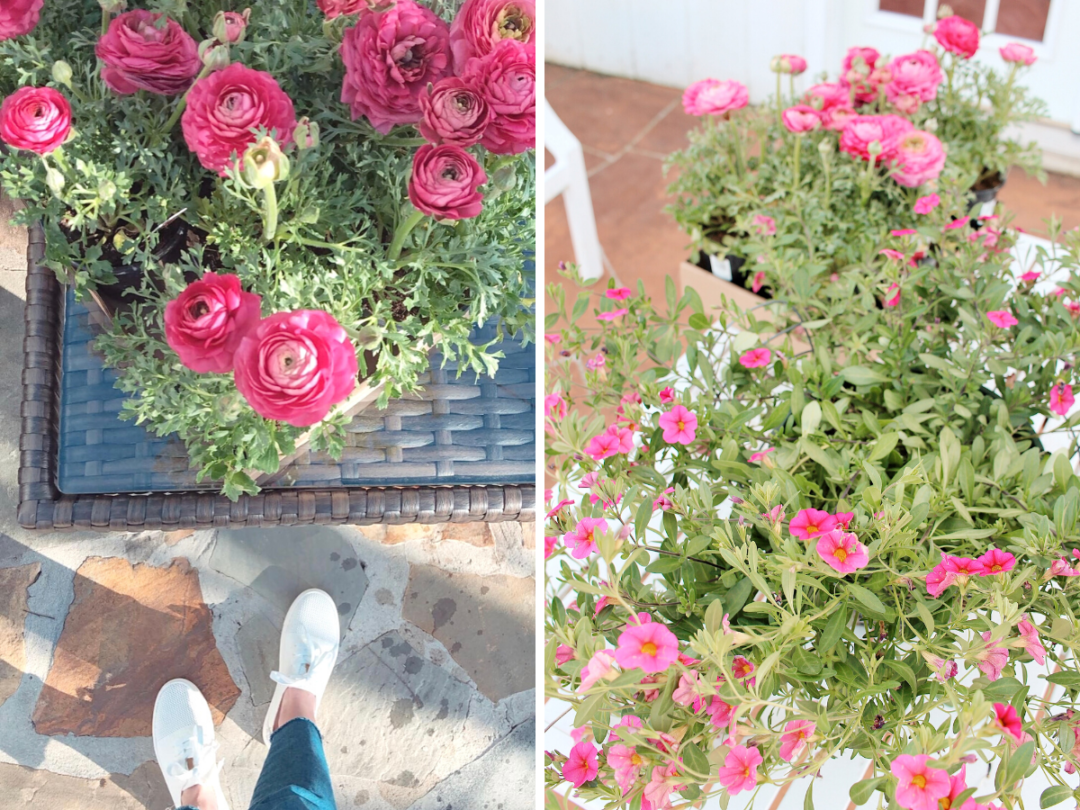
GEtting Your Garden Started
Whether you are planting a garden for the beauty and fragrance of colorful florals or starting a vegetable garden, you might not know where to even begin. Here are the first steps you should take before getting your garden started.
Pick your site:
The first step in getting your garden started is to pick where and what you want to plant.
Will you be planting flowers, herbs, or vegetables in a raised garden bed? Are you adding plants into your landscaping or planters?
Secondly, you’ll want to take notes and learn about the sunlight, moisture, and soil traits of your gardening site.
Most flowers and vegetables need about 6-8 hours of sunlight a day and prefer different types of soil in order to thrive. Does the site get partial sun, full sun, no sun?
Then, determine what the soil is like. Will you need to prepare your garden site? Here in East Tennessee, our soil tends to be full of red clay and can effect certain plants if not properly prepared.
These things are all important to note when getting your garden started.
Know your zone and climate conditions:
This gardening guide for beginners will be a great stepping stone for anyone wanting to plant a garden this year. But, it’s important to keep in mind that not all climates are equal. Likewise, not every plant, flower, or vegetable can grow in just any climate or zone.
So to have a successful garden, you need to:
1. Know your plant hardiness zone
2. Select plants that can survive in your zone
3. Know your frost cycle
If you don’t already know what zone you live in or the climate conditions, you can easily find it by looking at the USDA Plant Hardiness Zone Map or just surfing Google. For example, I live in zone 7a, where temperatures can be as low as 0 to 5 degrees. Therefore, I should only plant flowers, shrubs, or vegetables that are adapted to zone 7 for best results,
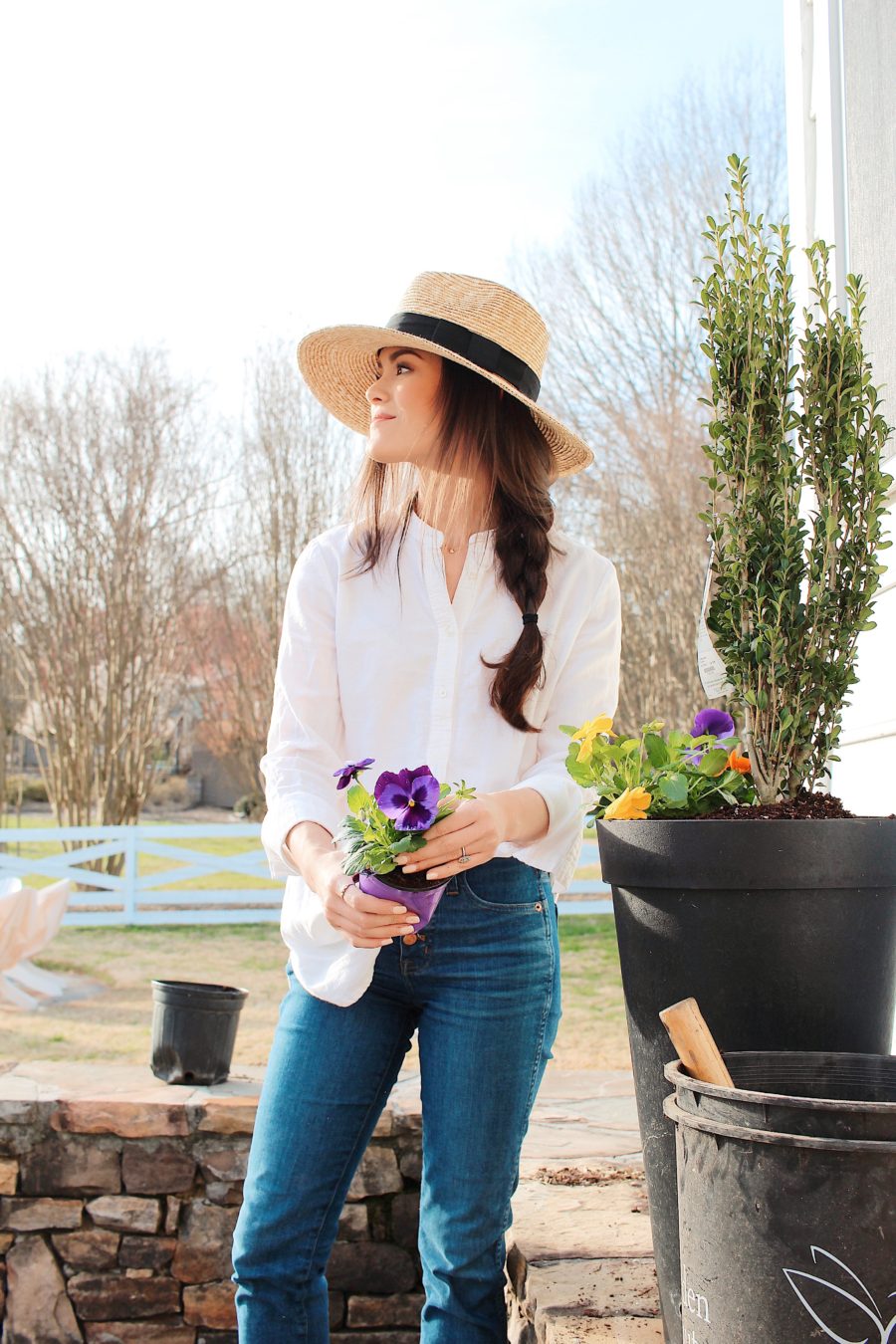
How to Pick Your Plants
Some people walk into a garden center and just buy whatever wows them, others spend months scouring the internet for plants to curate a perfectly polished garden. Of course, you can choose whatever plants you want, just as long as they are adapted to your climate, soil, and sunlight.
Here are a few easy-to-grow plants for beginners:
- Annuals (only survive one season, need to be replanted): Cosmos, impatiens, geraniums, and zinnias
- Perennials (regrow for many seasons): Pansies, lambs-ear, phlox, day lillies, and black eyed Susan’s
- Vegetables; Cucumbers, lettuce, tomatoes, and peppers
Try creating a color palette with your plants and add different heights:
When I pick my plants, I like to choose a color palette with varying shades and sizes. It probably won’t come as a surprise to you that I typically stick with whites, pinks, and blues. I also like to incorporate plants and greens of different heights to add dimension in our flower beds. And, in our side-yard, I have these raised garden beds, where I’ve planted flowers with a lot of color to create the feel of an “English Country Garden.”
Time to Plant
For the most part, you’ll plant during the dormant season, when the soil is soft enough to work and prepare – early spring or late fall. But proper garden site preparation can be pretty specific due to different needs or soil conditions. So I’d suggest doing a little research beforehand or consulting an expert at your local garden center. But regardless, when planting a new garden, it’s not a bad idea to incorporate an organic matter, topsoil, garden soil, or potting soil to ensure proper nutrition for the season ahead.
Now, you’re ready to transplant your new plants from their containers into your prepared gardening site, planter box, or flower pots.
Dig a hole in your prepared garden site based on tag/plant instructions. Remove the plant from its container by squeezing and pushing up from the bottom. Before you plant or if the roots appear root-bound (grown into a big ball), use your fingers to untangle some outer roots before setting it into the hole. Pat the soil into place around the roots, then soak the soil and surround area with water.
Water often and protect your new plants!
Young plants need to be watered about every other day. At least until their roots become established. After that, how often you need to water depends on your soil, humidity, and rainfall. But once a week is a good rule of thumb. Keep your watering can or garden hose handy during these first few weeks.
You can cover your garden bed with mulch or river rock to help keep weeds out, and moisture in. For a vegetable garden or bed of annuals, choose a mulch or compost that decomposes in a few months. For perennials, use a longer-lasting mulch such as bark chips, or river rock.
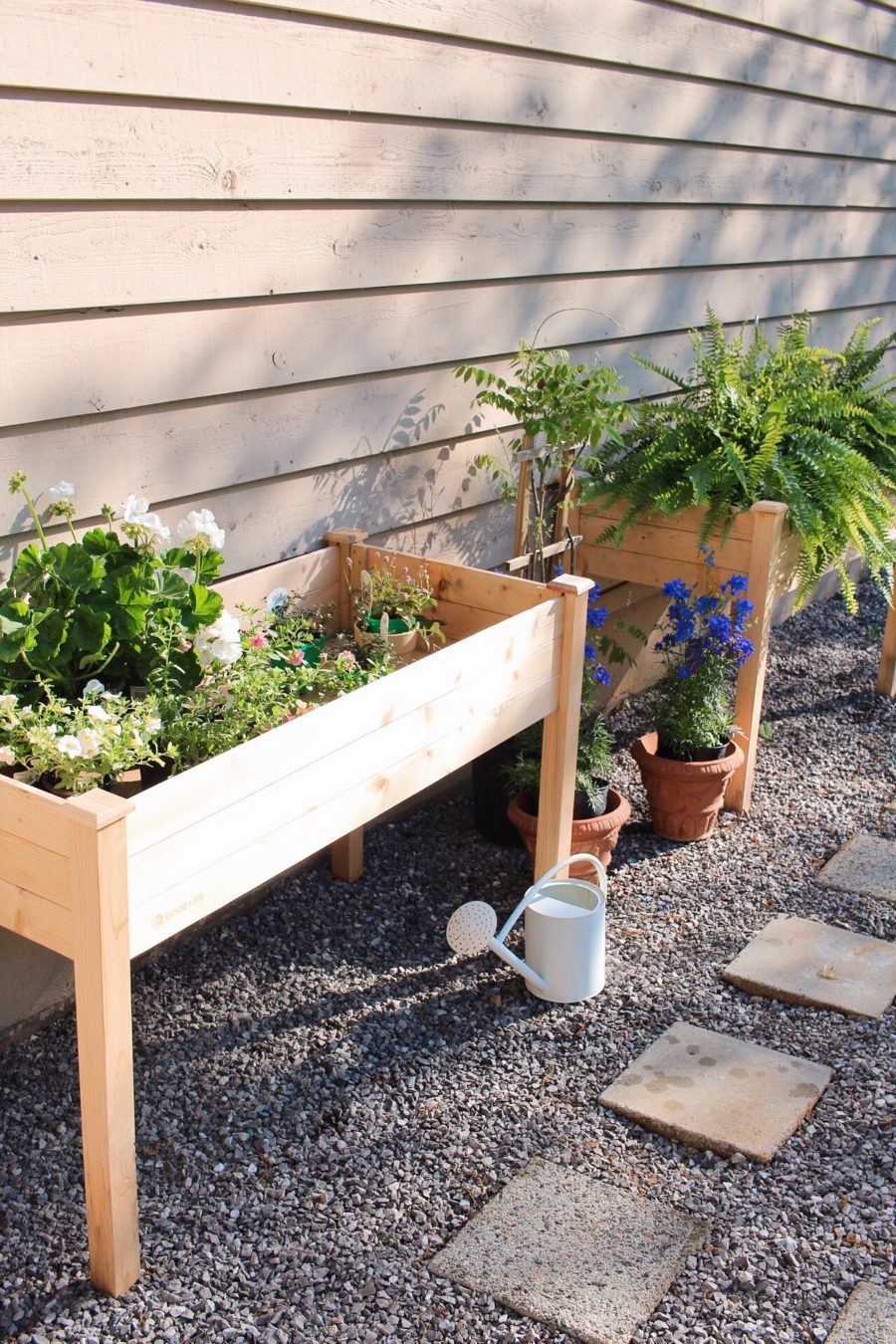
Things To Remember
As your garden begins to flourish, it’s important to stay on top of garden chores and maintenance. Be sure to water and feed your plants. Pull weeds and “dead-head” as needed… AKA get rid of dying or dead vegetation. Support tall or climbing plants with garden twine, a trellis, stake or cone. Add fertilizer, new mulch, or compost when necessary or seasonally. And be sure to stop and enjoy your beautiful new garden!
Learn to walk before you run:
It’s ok to start small! Try growing a household plant or a no-fuss, hardy annual flower before taking on an entire garden.
I propagated a Fiddle Leaf Fig plant before trying my hand at an entire garden. Starting small with a house plant allowed me to learn basic gardening tips and skills. And watching it grow really gave me the encouragement and confidence I needed to start gardening!
You can also try growing plants in decorative pots, hanging baskets, and window boxes. This lets you try your green thumb in small spaces. Similar to traditional gardens, keeping a container garden looking its best requires good drainage, rich soil, and regular maintenance. So you’ll truly learn a lot of great gardening skills by starting small!
Helpful Resources for Gardening Advice and Information
And when in doubt, there are a ton of amazing resources out there for gardening beginners. Gardening presents an endless opportunity to learn and grow (pun intended).
Experts at your local nursery or garden store should be able to answer a lot of your questions. They will also be familiar with your zone’s soil and climate conditions, which will be extra helpful
But, here are a few other online resources I find helpful. Especially when beginning my garden:
- Flower Gardening Resources – lots of great flower-specific information
- Gardenista – garden, soil, hardscape, and other useful gardening growing information
- Gardeners.com – great source for gardening tools and information
- YouTube – tons of helpful videos for gardening 101, gardening guides, planting guides and tips.
- Instagram & Pinterest – my go-to for gardening inspiration, garden designs, planter ideas and more!
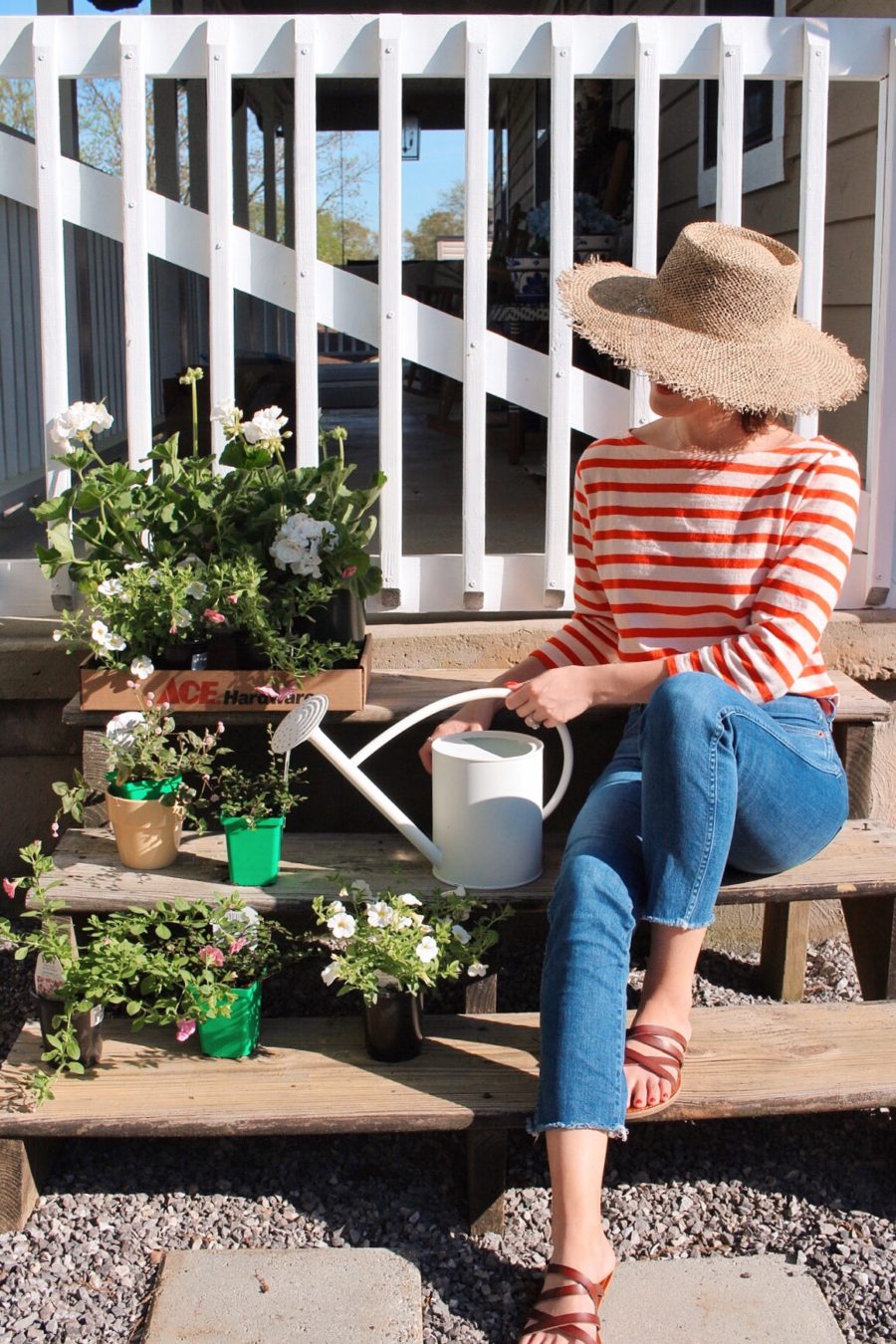
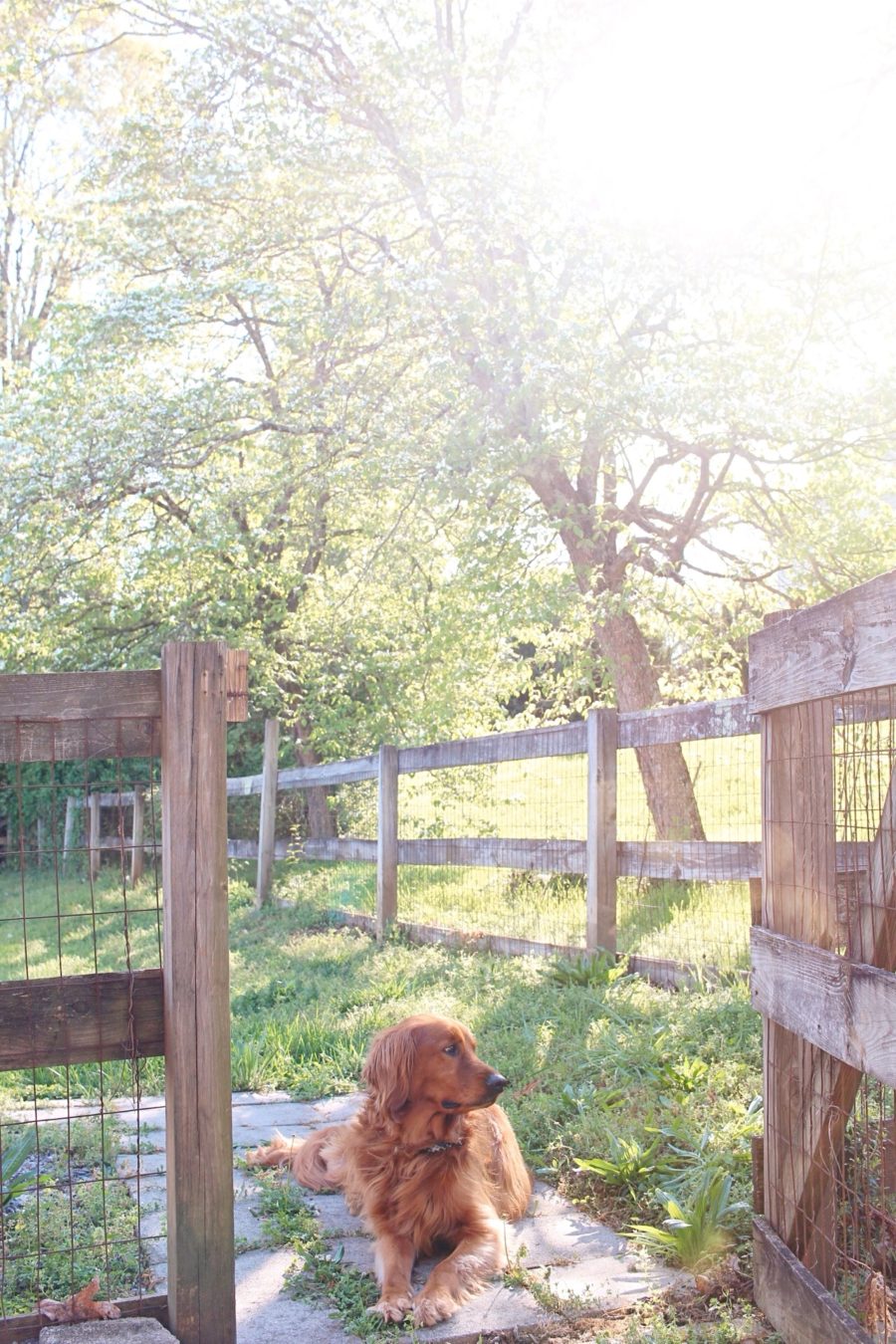
Gardening Guide For Beginners:
Everything You Need to Plant a Successful Flower Garden in Tennessee - Spring 2020
So, will you be taking these flower planting tips to start growing your own beautiful garden this spring? Do you have any flower or vegetable garden or planting tips that I didn’t share in my gardening guide for beginners? Let me know in the comments below! Also, to shop my daily looks, sale finds, and more, follow along with me on Instagram, Like to Know It, Pinterest, or visit my shop page.
Reader Favorites:
Patio Inspiration For Spring, How to Get Your Home Ready for Spring, The Essentials for Outdoor Fall Decorating
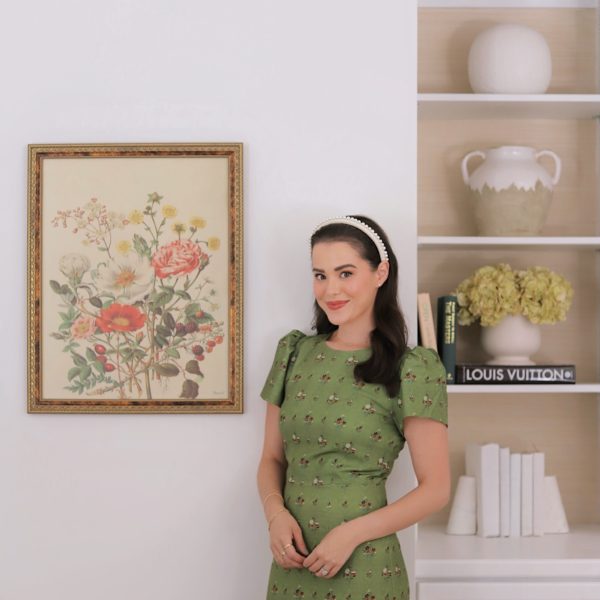
About Madison
I'm Madison - a northern gal planting roots down south. Musings by Madison is your guide to classic style, beauty, home decor & more. Rooted in passion for encouraging others to curate a closet, home, and life they’re proud of and inspired by each day.
Learn more...


